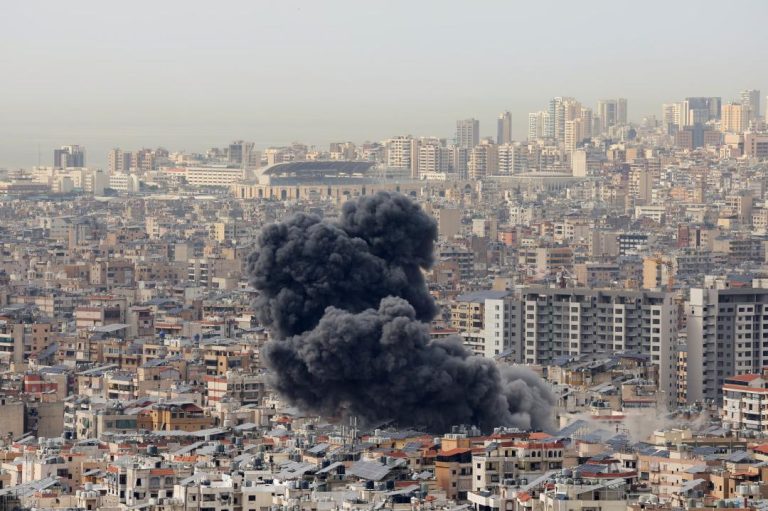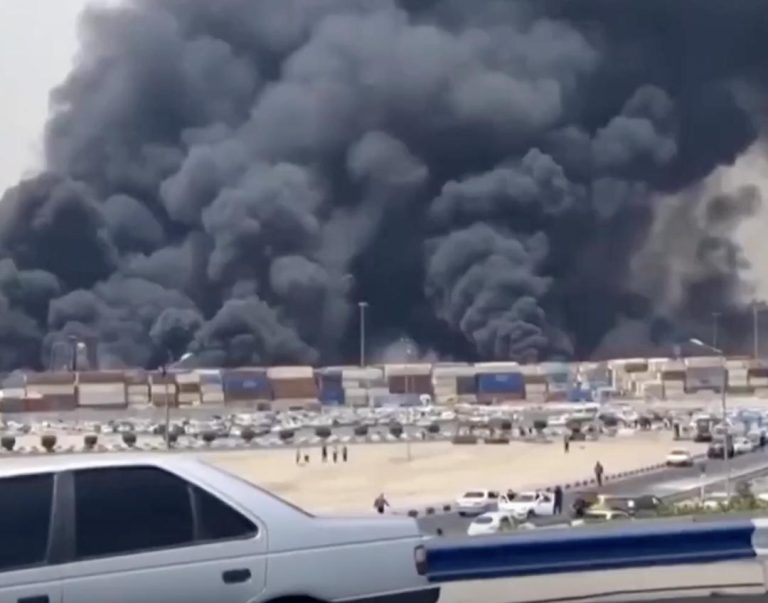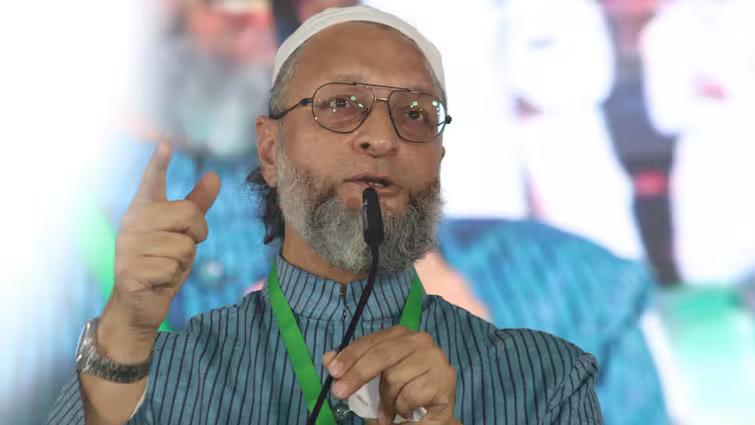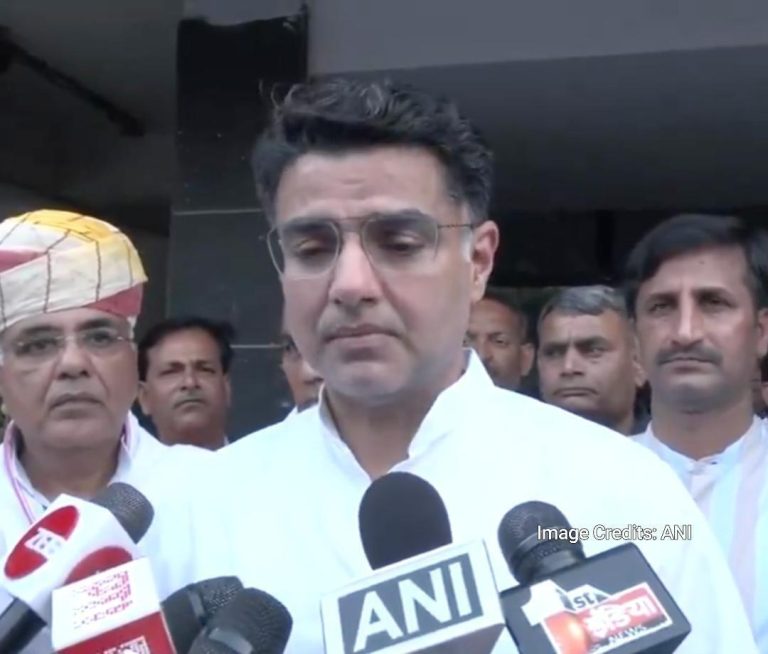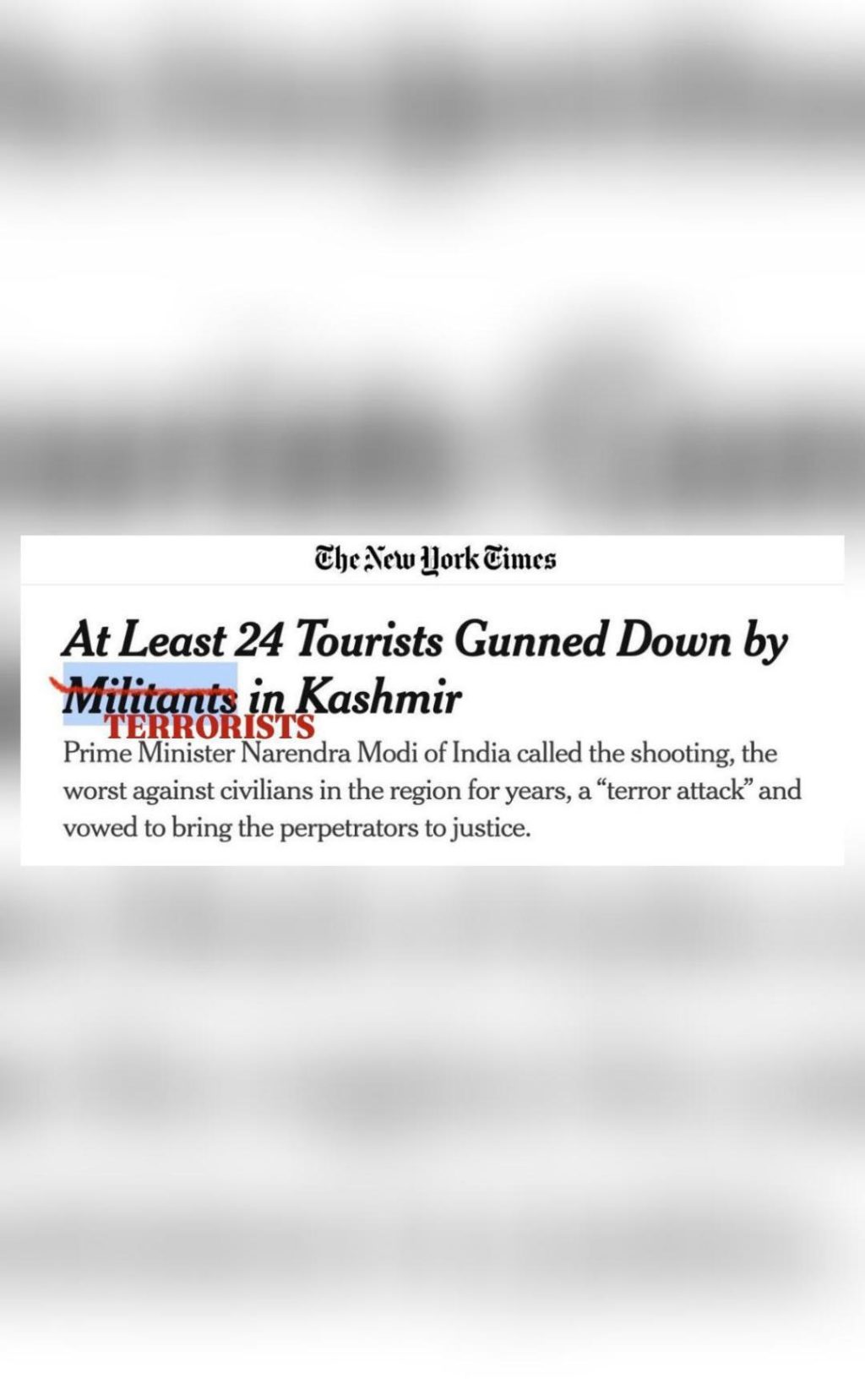
Hey NYT, Fixed It for You: US Committee After News Portal Calls J&K Terrorists ‘Militants’
In a recent tweet, the US House Committee on Foreign Affairs took aim at The New York Times for its use of the term “militants” to describe the terrorists behind an attack in Jammu and Kashmir’s Pahalgam. In response, the committee shared a screenshot of the article with a tongue-in-cheek correction, saying, “Hey NYT, we fixed it for you…This was a TERRORIST ATTACK plain and simple…Whether it’s India or Israel, when it comes to TERRORISM, NYT is removed from reality.”
The tweet has sparked a heated debate on social media, with many weighing in on the use of language to describe terrorist attacks. The New York Times has a history of using the term “militant” to describe groups that are considered terrorist organizations by many governments and international bodies. However, the US House Committee on Foreign Affairs and others argue that this language is misleading and downplays the severity of the threat posed by these groups.
The controversy began when the US House Committee on Foreign Affairs shared a screenshot of a New York Times article that reported on an attack in Pahalgam, Jammu and Kashmir. The article described the attackers as “militants,” but the committee took issue with this language, saying that it was a terrorist attack plain and simple. The committee’s tweet included a screenshot of the article with the correction, as well as a hashtag calling out The New York Times for its use of language.
The tweet quickly went viral, with many people weighing in on the use of language to describe terrorist attacks. Some argued that the term “militant” is a more nuanced and accurate way to describe these groups, while others said that it is a euphemism that downplays the severity of the threat they pose.
The controversy has also raised questions about the role of language in shaping our understanding of the world. By using the term “militant” to describe terrorist attacks, The New York Times may be downplaying the severity of the threat posed by these groups. This could have serious consequences, as it could lead to a lack of understanding about the nature of the threat and a failure to take effective action to combat it.
On the other hand, some argue that the term “militant” is a more accurate way to describe these groups, as it acknowledges their political motivations and distinguishes them from criminal organizations. However, this argument is weakened by the fact that many of these groups have no political motivation and are driven solely by a desire to cause harm and destruction.
The controversy has also sparked a debate about the role of the media in shaping our understanding of the world. By using the term “militant” to describe terrorist attacks, The New York Times may be contributing to a lack of understanding about the nature of the threat posed by these groups. This could have serious consequences, as it could lead to a failure to take effective action to combat the threat.
In conclusion, the controversy over the use of language to describe terrorist attacks highlights the importance of accuracy and nuance in reporting on these issues. The US House Committee on Foreign Affairs and others are right to call out The New York Times for its use of language, as it may be downplaying the severity of the threat posed by these groups. The media has a responsibility to report accurately and with sensitivity on these issues, and to avoid using language that may be misleading or confusing.
Sources:

